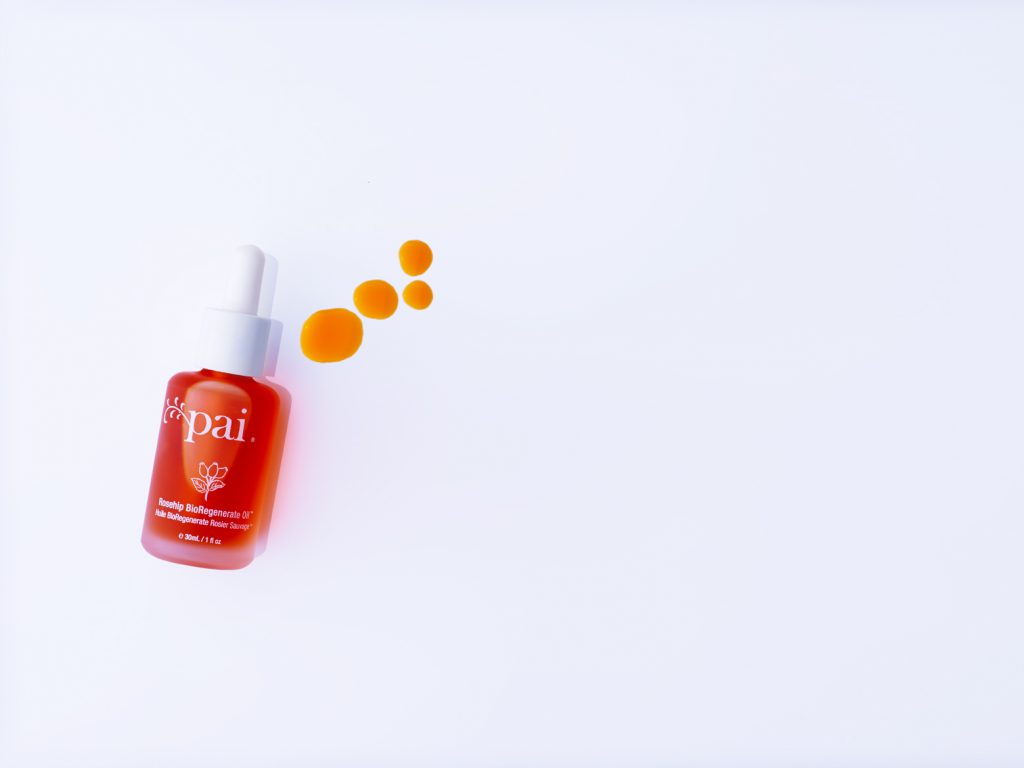Like antioxidants and peptides, free radicals have become something of a beauty industry buzzword.
In reality, they are nothing new. Scientists and skincare professionals have been working hard to control and eradicate free radical damage since the 1950s – it’s just that the latest advances are only just starting to hit the mainstream.
We thought it was time to take a closer look at free radicals, what they are, where they come from, and how you can protect your skin from free radical damage.
What are they?
We are all made up of millions of microscopic molecules – clever little cells which work hard to keep us healthy and well.
When they are damaged (for instance, by UV rays or pollution), the molecules become destabilised, and that’s when they are called free radicals.
Like any damaged cell, the free radical will instinctively try to repair itself, usually by bonding on to the nearest healthy cell and taking one of its electrons.
This in turn damages the previously healthy cell, which takes an electron from another healthy cell, and so on, and so forth.
This is known as the ‘free radical chain’, and it happens in our bodies a million times a day, with no ill effects.
However, over time, free radicals can do visible harm to your skin – particularly the delicate skin around your face and neck.
Where do they come from?
Free radicals occur naturally with age, as your body’s cells become older. They can also be caused by environmental factors such as pollution, radiation, chemicals, cigarette smoke and UV rays.
What can they do to your skin?
According to the popular Free Radical Theory of Ageing (FRTA), free radical damage is the root cause of visible ageing.
The FRTA suggests that the effects of age, metabolism and the environment combine to make cells weaker and more susceptible to damage.
The cells are less able to repair themselves, and so we end up with encroaching wrinkles, fine lines, age spots and loose skin.
What can you do to control them?
In order to repair free radical damage and stop the ‘free radical chain’ from forming, you need to offer the damaged cells something that they can use to repair themselves.
Antioxidants – in particular the vitamins C and E – have been proven to help stabilise damaged molecules, and stop any further cellular damage or disease.
That means that your skin will keep on looking youthful and supple for longer, naturally.
Consume vitamin C-rich foods such as oranges, tomatoes, and spinach; or get your vitamin E from plant oils, sunflower seeds, and almonds.
It’s also worth selecting moisturisers and facial oils that are rich in antioxidants, and apply them regularly to your face and neck.


